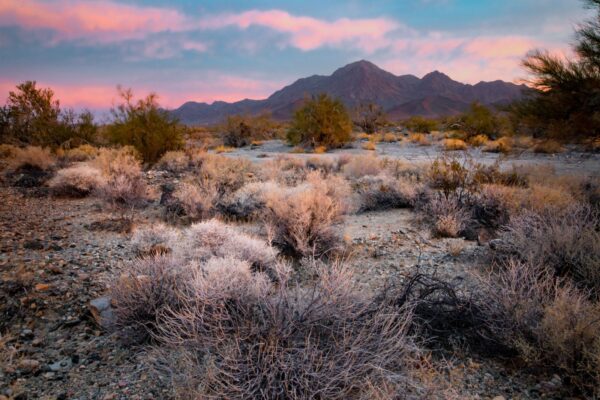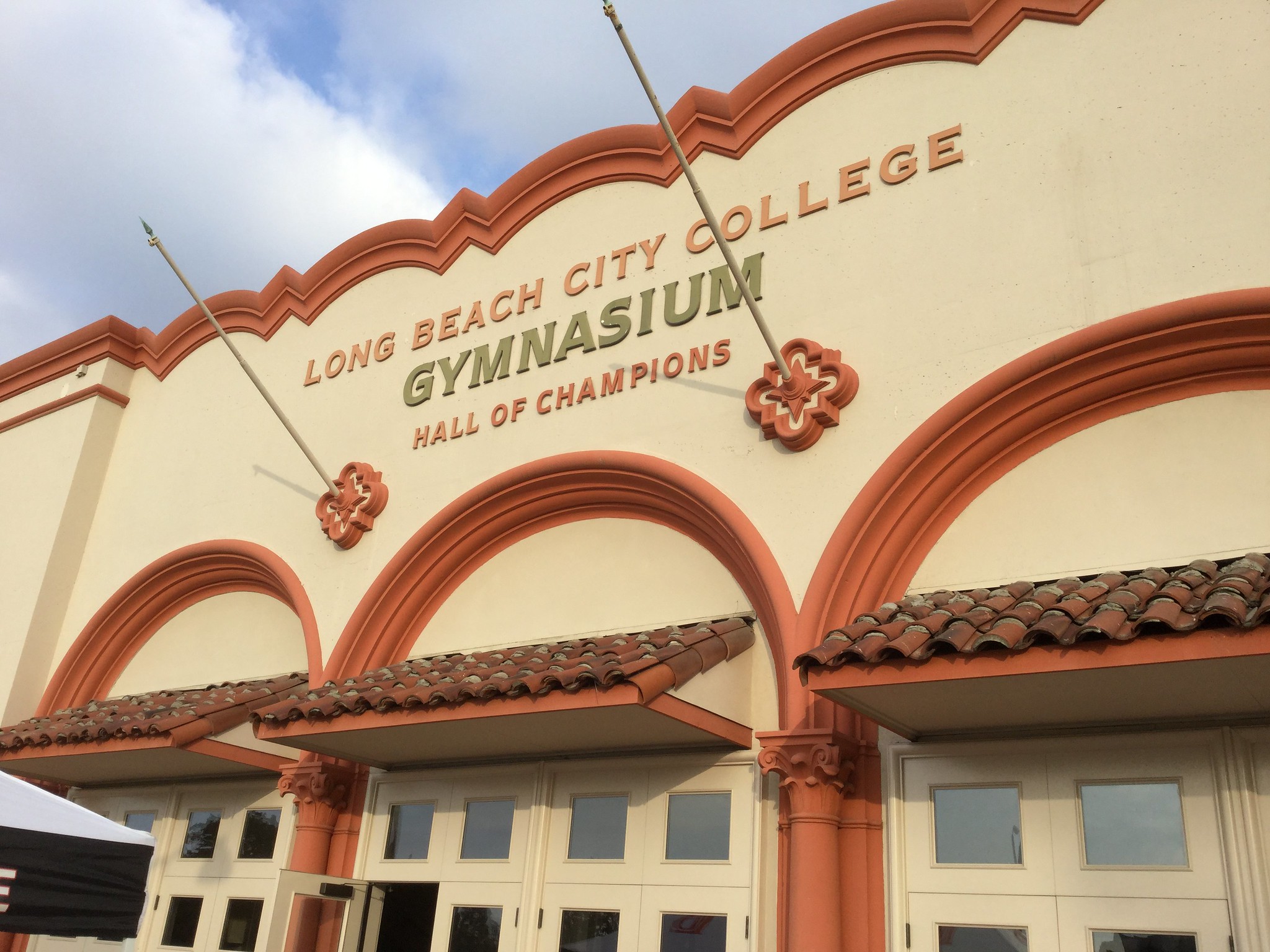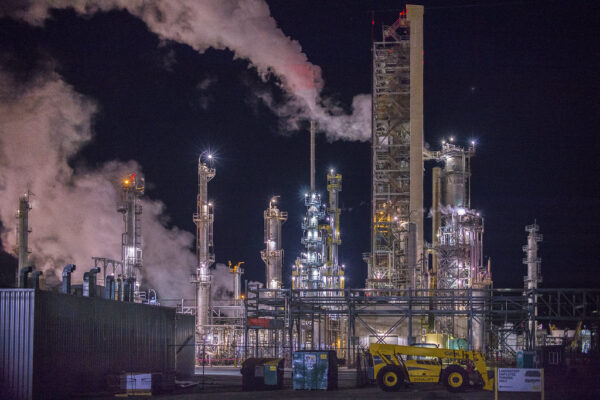By Gabriella Sotelo for Sentient.
Broadcast version by Suzanne Potter for California News Service reporting for the Sentient-Public News Service Collaboration
California is known throughout the country for its fruit and vegetable bounty. The golden state produces more than 40 percent of the vegetables we eat and 75 percent of its fruits and nuts. But the state has also struggled with deadly outbreaks of the E. coli pathogen on many of its produce farms — romaine lettuce and walnuts are two recent examples. When outbreaks happen, investigators work round the clock to trace the outbreak, sometimes leading back to contaminated water used to irrigate crops.
Yet exactly where the pathogen comes from originally can be harder to pinpoint. A new report from the Environmental Working Group adds some important data points. Researchers mapped 1,062 industrial meat and dairy operations in the state, and found a worrying 93 percent were located within a mile of a water source for irrigating fresh produce. What’s more, 42 percent of the meat and dairy operations mapped — close to half — were found even closer: within a quarter of a mile of a waterway used for irrigation.
California is a leading producer of dairy, as well as beef. The more than one thousand concentrated animal feeding operations, called CAFOs, mapped by EWG house 76.8 million farm animals at any given time.
This many millions of farm animals produce a massive amount of manure, some of which inevitably carries dangerous pathogens like E. coli or salmonella. The bacteria then spreads, traveling through the air in the form of dust, which can settle anywhere, including irrigation canals.
Once in the canal water, pathogens travel right along with it. “If canal water is contaminated with pathogens, there is the risk to pass the pathogens to farms or the produce in the farm,” Xiaohong Wei, a researcher at University of California, Davis, who was not involved with the study, told Sentient by email. “It could cause outbreaks and consumers [can] get sick…Especially while consuming the raw produce.”
Typically, multiple livestock operations are clustered in close proximity to each other and a waterway, Ethan Bahe, a data analyst at EWG and an author of the report, tells Sentient. “These irrigation canals are a spiderweb,” he says. “They go by multiple facilities,” which makes tracing any foodborne illness outbreak back to one meat or dairy operation close to impossible.
Besides the waterways, there are also 2.6 million acres of crop fields that are located within a three mile radius of a CAFO, the report found, many of which — 60 percent — are where fruits and vegetables are planted, rather than feed crops, for instance.
On one farm, Bahe says he discovered that only a driveway appeared to separate the feedlot and the canal. And there was no berm — the raised strip of ground often found near waterways — or any other type of protection to stop contaminants from leaking into the water.
EWG researchers say the risk of contamination increases the closer a CAFO is to a body of water. Researchers for the U.S. Food and Drug Administration reached a similar conclusion: more samples of dust contained E.coli when in closer proximity to livestock operations.
Stressed and unhealthy livestock — a staple of industrial meat and dairy operations — are far more prone to spreading pathogens than their healthier counterparts, according to University of Minnesota researchers.
Yet the EPA inspects just a fraction of these operations. According to a report from the Natural Resources Defense Council, the EPA inspected just 0.6 percent of all CAFOs in 2017, for instance.
CAFOs, despite being required to obtain permits under the Clean Water Act for discharging pollutants into waterways, are not required to treat animal manure, unlike human waste. The EPA largely relies on self-reporting, which enables CAFOs to self assess and decide whether they need a permit to pollute.
Consumers can’t see whether produce is contaminated, says Kerry Hamilton, a professor at Arizona State University with a background in microbial risk assessment.
While there are steps consumers can take to minimize risk, including washing produce thoroughly, The Environmental Working Group’s position is that stronger protection for consumers is urgently needed at the policy level.
“What we’re really hoping to call attention to here is the need for policy change,” says Sarah Graddy, a senior communications director with EWG. There is an urgent need, she says, “to hold these polluters accountable for the contamination they’re introducing into waterways.”
Gabriella Sotelo wrote this article for Sentient.







